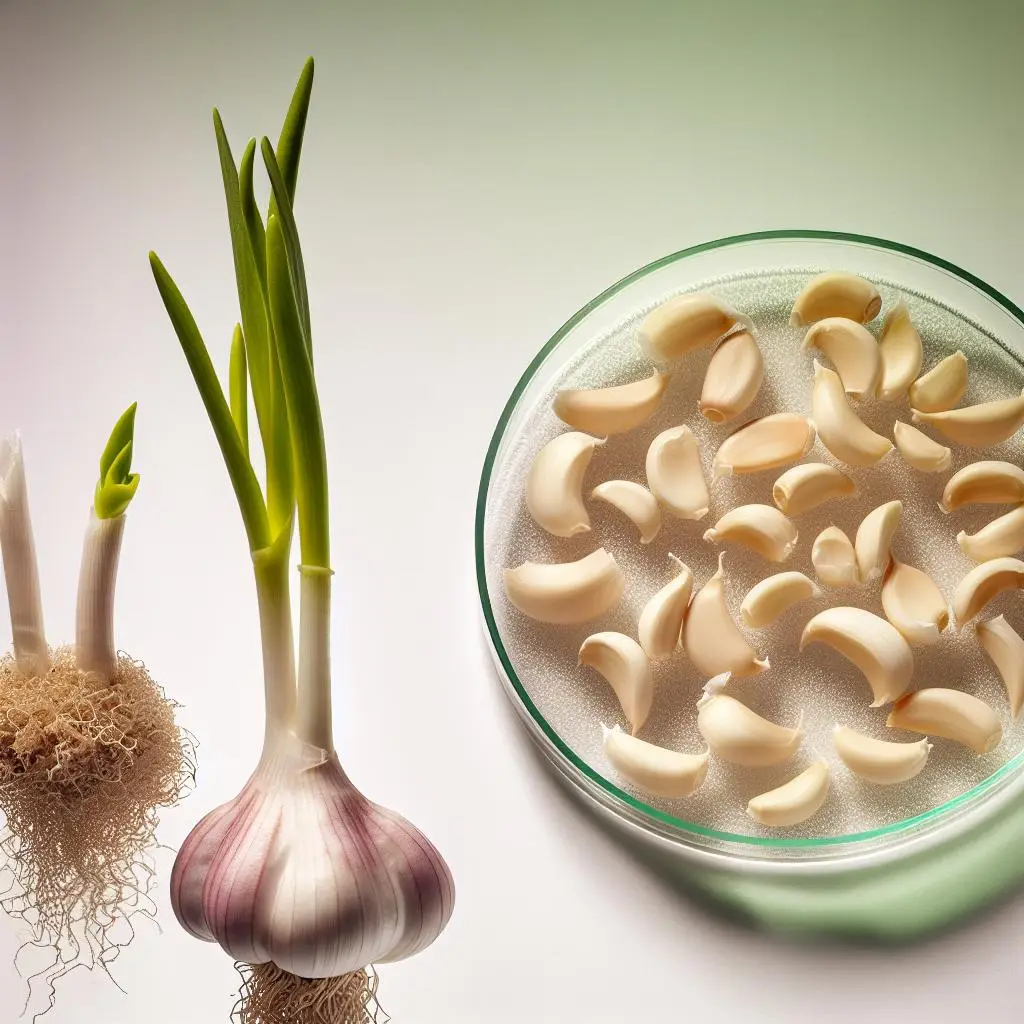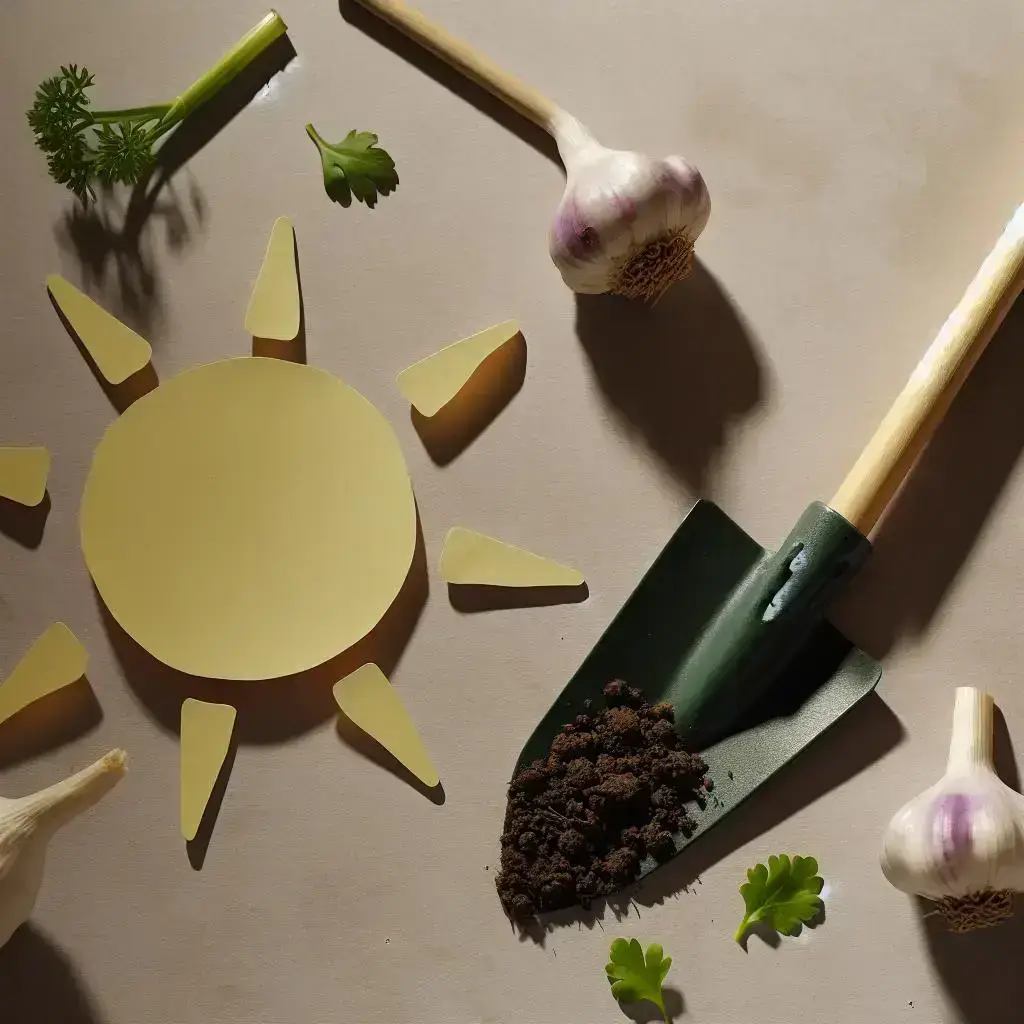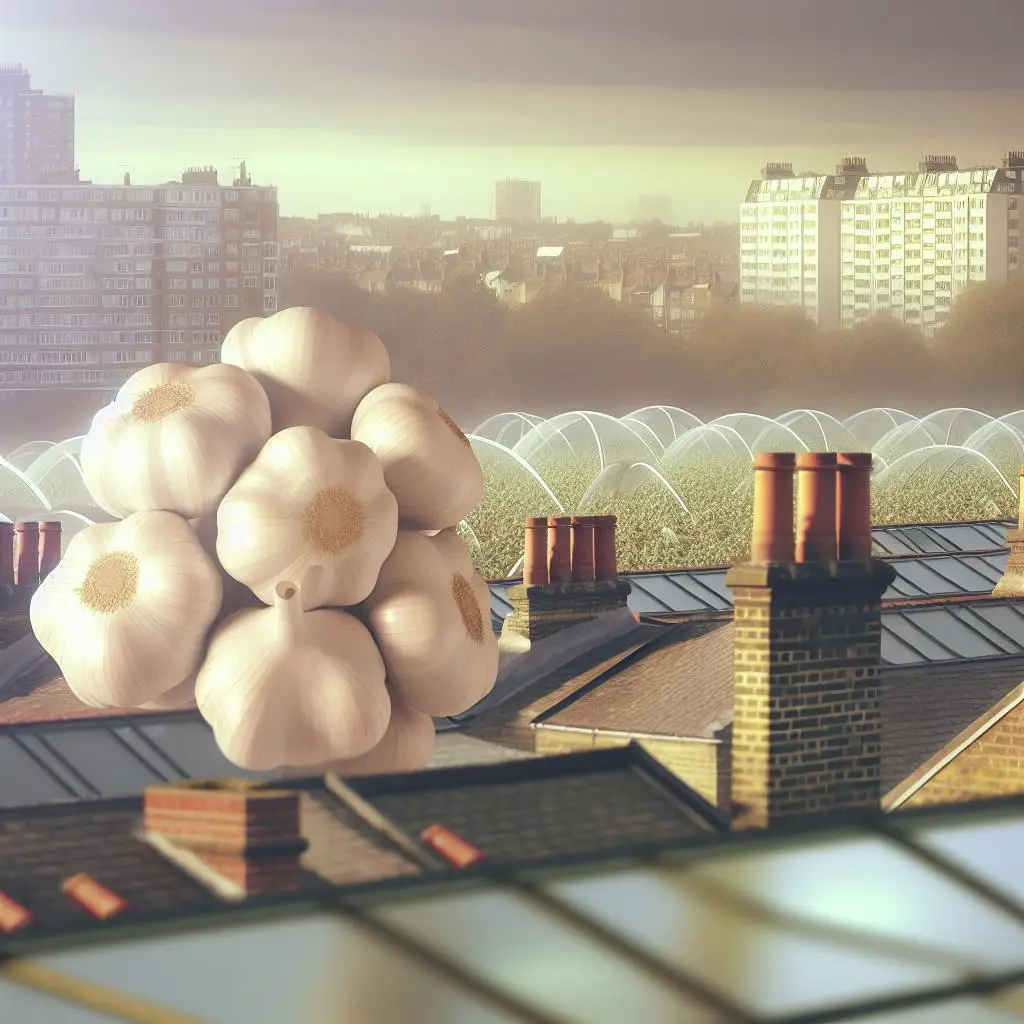Flavour, Fermentation & Foodies – Why Garlic is the World’s Favourite Ingredient
Garlic does not just belong in the kitchen. It defines the kitchen.
No matter where you go in the world, garlic shows up. In clay pots, cast iron pans, mortar bowls, and fermentation jars. In family recipes passed down through generations. In fine-dining menus and street food stalls alike.
Garlic is not only one of the most universally loved ingredients in the world. It is also one of the most transformative. It elevates flavour, enhances health, and inspires experimentation. It is bold, simple, complex, and ancient, all at once.
Let’s explore why garlic holds such a powerful place in global food culture, how it is being reimagined through fermentation and modern food science, and why it continues to be the secret weapon of chefs, foodies, and home cooks everywhere.
Garlic is a Flavour Builder
At its core, garlic does something remarkable. It brings life to food.
When raw, garlic is sharp, fiery, almost aggressive. When sautéed, it softens and sweetens. When roasted, it turns nutty and buttery. When fermented, it becomes deep and mysterious. No other ingredient offers this kind of range.
Garlic plays multiple roles in cooking:
Base note. Alongside onions, carrots, and celery, garlic forms the foundation of thousands of recipes. Think soffritto, mirepoix, and the holy trinity of Cajun cuisine.
Highlight. Garlic can also take the lead. Think aioli, toum, mojo, or garlic confit spread across toast.
Contrast. A raw garlic clove rubbed on bread or folded into a vinaigrette adds punch and clarity to balance richer flavours.
Finish. Crushed garlic mixed into yoghurt or lemon sauce adds brightness and bite at the end of a dish.
Garlic isn’t just an ingredient. It is a technique, a toolkit, a language of its own.
A World Tour of Garlic Dishes
Garlic connects people through shared taste, yet every culture treats it differently.
Here are just a few of the world’s standout garlic-based dishes:
Aglio e Olio (Italy): A minimalist pasta made with just garlic, olive oil, and chilli, proving how little you need when the flavour is right.
Kimchi (Korea): Fermented cabbage with garlic, ginger, and chilli, eaten daily as a side dish and probiotic powerhouse.
Gambas al Ajillo (Spain): Prawns sizzling in garlic and olive oil, a staple of tapas culture.
Mojo de Ajo (Mexico): Garlic sauce used in marinades, seafood, and rice, slow-cooked until mellow and fragrant.
Toum (Lebanon): A whipped garlic sauce made with raw garlic, lemon, and oil, eaten with grilled meats and flatbreads.
Garlic Eggplant (China): Stir-fried aubergines with garlic sauce, balancing sweet, sour, and savoury.
These dishes are not about excess. They are about precision. Garlic is not thrown in. It is woven in, like a narrative thread.
Garlic’s Role in Modern Cuisine
In the modern food world, garlic is more relevant than ever. Today’s chefs are not just using garlic, they are studying it.
They want to know how long to roast it for optimum sweetness. How fermentation changes its flavour profile. How different garlic varieties affect balance and bitterness. How garlic oils can be infused cold for delicate dressings, or caramelised into brown butter for impact.
Fermentation, in particular, has opened a new chapter in garlic’s evolution.
The Rise of Fermented and Black Garlic
Black garlic is not a different species. It is regular garlic that has been fermented at low temperatures over several weeks. This process breaks down sugars and amino acids through the Maillard reaction, resulting in soft, black cloves that taste sweet, earthy, and almost balsamic.
Black garlic is:
Lower in allicin but higher in antioxidants
Gentle on the stomach
Naturally sweet, with hints of tamarind, soy, molasses, and dates
Used in sauces, marinades, ice creams, cheeses, and even chocolate
It is not a fad. It is a culinary innovation rooted in ancient technique.
Restaurants use black garlic in butter, pasta, mayonnaise, glaze, and even cocktails. It adds depth without overpowering. It speaks to modern tastes: bold, layered, umami-rich.
And foodies love it. Black garlic has found a home in Instagram-worthy dishes, artisan delis, and wellness shops alike.
Garlic for Foodies and Everyday Cooks
For home cooks, garlic is reliable. It delivers consistent flavour with little effort. It stores well. It is affordable. You can use it raw, cooked, smoked, roasted, pickled, powdered, or fermented. It belongs in simple weekday meals as well as Saturday night experiments.
For food lovers, garlic is endlessly fascinating. You can:
Try different varieties like hardneck, softneck, elephant garlic, or wild garlic
Explore global recipes and sauces built around garlic
Make your own black garlic at home in a rice cooker
Use garlic scapes (green shoots) in pesto or stir-fries
Infuse garlic into oils, honey, or vinegar for natural condiments
Garlic lets people participate in flavour, not just follow a recipe.
The Emotional Side of Garlic
Food is not just chemistry. It is memory, connection, comfort. Garlic lives in this emotional space too.
The smell of garlic in butter may remind someone of Sunday roasts. The snap of garlic in a salad might recall a trip to Greece. The sound of garlic hitting hot oil could transport you to your grandmother’s kitchen.
Garlic is tied to rituals: rubbing garlic on bread, adding a clove to soup for luck, pressing it under a knife just like your parents taught you.
It has identity. It has presence. And once it is part of your kitchen, it is hard to imagine cooking without it.
Garlic as Creative Catalyst
We often speak of garlic as functional, but it is also inspiring. It pushes cooks to taste more, try more, and trust their instincts.
It teaches balance. A little too much and it dominates. Too little and the dish feels flat. When used well, garlic creates harmony. It is a lesson in restraint, timing, and attention.
That is why chefs respect it. Why home cooks rely on it. And why foodies obsess over it.
Garlic doesn’t just fill space. It shapes experience.
Final Thought
In a world full of ingredients competing for attention, garlic quietly holds its ground. It does not need to shout. It shows up, does its work, and transforms everything it touches.
Garlic is not just a flavour. It is a story. A craft. A connection. It is the bridge between nourishment and delight, between ancient practice and modern experimentation.
So whether you are stirring a simple soup or perfecting a fermented glaze, remember what you are really holding.
Not just a clove. Not just a bulb.
But a world of flavour, history, and potential in the palm of your hand.
















